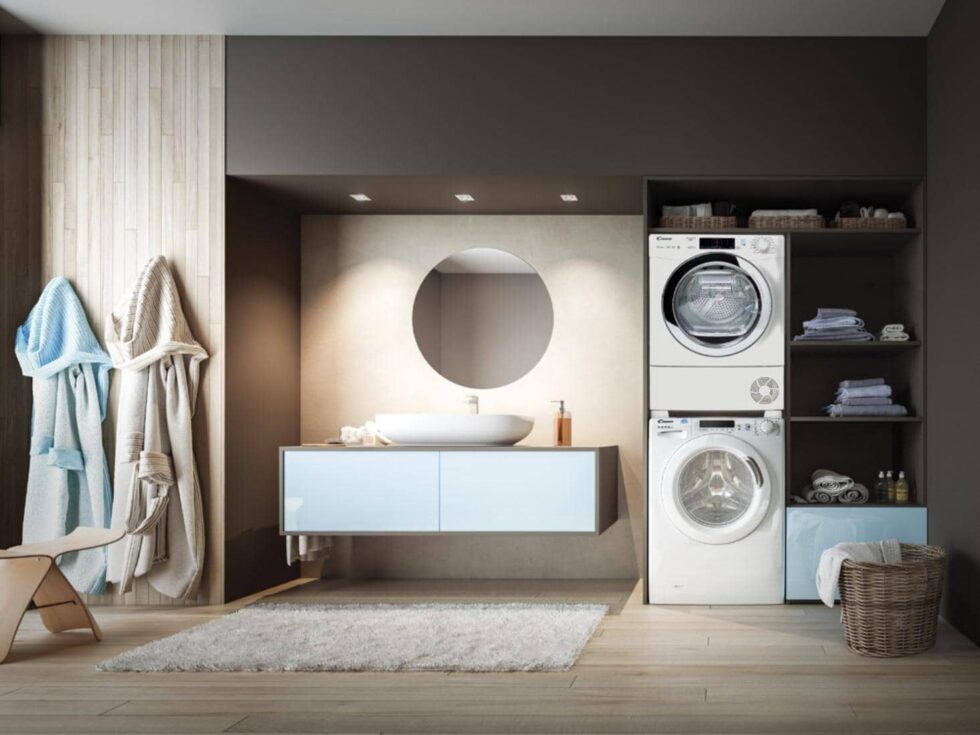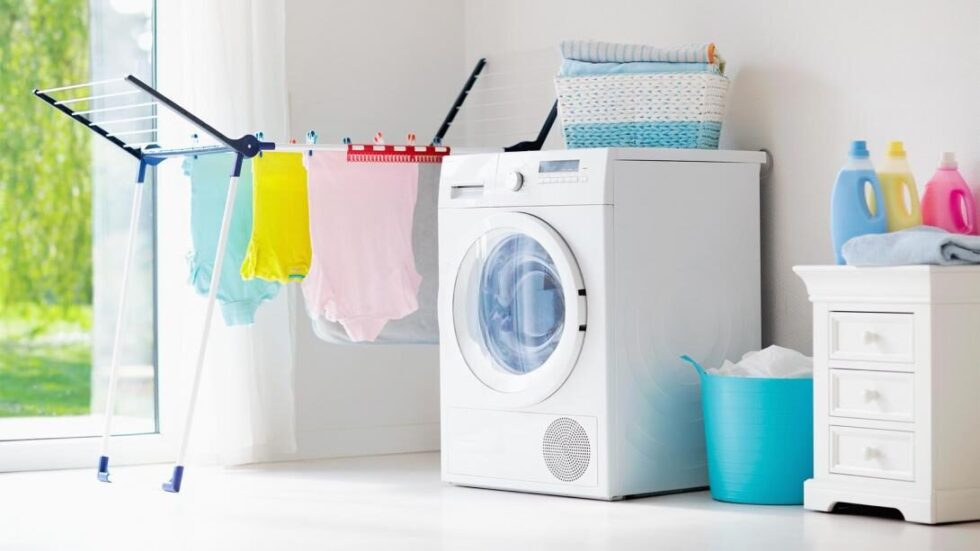Can you dry laundry in your room without harming your health and indoor air quality

Drying laundry indoors is a daily habit in many households, especially during the autumn and winter months when cold weather makes outdoor drying difficult. While it may seem convenient, doing it incorrectly can significantly raise indoor humidity, promote mold growth, and lower air quality. High humidity levels encourage dust mites, can worsen asthma and allergy symptoms, and may cause permanent damage to walls, furniture, and window frames. In small apartments without proper ventilation, the risks are particularly high. Knowing how to dry laundry indoors safely is essential for maintaining a healthy home, as explained by G.business.
How increased humidity from indoor laundry drying affects your health
Moisture released from wet clothes can quickly raise indoor relative humidity above 60%, creating an ideal environment for mold spores and dust mites. This excess moisture condenses on cold surfaces like windows, walls, and metal fixtures, leading to both health and structural problems. Prolonged exposure to high humidity can trigger respiratory illnesses, worsen chronic bronchitis, and reduce overall well-being. People with asthma, weakened immune systems, or respiratory sensitivities are particularly vulnerable. Breathing in air containing mold spores can cause persistent infections, irritate mucous membranes, and even lead to skin reactions. On top of the health concerns, excess humidity shortens the lifespan of furniture, causes wallpaper to peel, and can corrode metal parts of your home.
Potential health effects of excessive humidity:
- Worsening cough, wheezing, and breathing difficulties.
- Irritation of eyes, nose, and throat.
- Frequent headaches and fatigue.
- Increased risk of allergies and fungal infections.
- Accelerated damage to home interiors.
Optimal indoor humidity and temperature for safe laundry drying
To minimize the risks of drying laundry indoors, it’s important to maintain a balanced indoor climate. The recommended relative humidity is between 40–60%, and the room temperature should be around 19–22°C (66–72°F). Exceeding these values increases the likelihood of mold growth, while too low a temperature prolongs drying time, keeping humidity levels high for longer. Using a hygrometer to monitor air conditions and ventilating the room at least three times a day — even in winter — is essential. If possible, choose a room with good ventilation or open a window slightly during drying to allow moisture to escape.
Comfort parameters for indoor laundry drying:
| Parameter | Recommended Range | Notes |
|---|---|---|
| Relative Humidity | 40–60% | Above 60% increases mold risk |
| Temperature | 19–22°C (66–72°F) | Bedrooms can be slightly cooler (18–20°C) |
| Ventilation | At least 3 air changes/h | Crucial during the winter months |
Safe ways to dry laundry indoors to avoid mold and respiratory issues
The safest approach combines proper indoor climate control with good drying practices. Placing laundry near a heat source speeds up evaporation but avoid putting clothes directly on radiators, as this can damage fabrics and concentrate moisture in one spot. Using an electric condenser dryer or a dehumidifier can significantly reduce the amount of moisture released into the air. Avoid overloading drying racks, as tightly packed laundry dries more slowly and releases more moisture into the room. Always hang clothes immediately after washing to prevent bacterial growth and unpleasant odors.
Practical tips:
- Place the drying rack near a heat source, but never on it.
- Ventilate the room for at least 10 minutes after hanging laundry.
- Use a dehumidifier or an air conditioner with a drying mode.
- Avoid overloading drying racks.
- Clean filters in electric dryers regularly.
Alternatives to indoor laundry drying – energy-efficient and health-friendly solutions
If it’s difficult to maintain proper indoor air quality, consider alternative drying methods. Heat pump tumble dryers are energy-efficient and gentle on fabrics. Basement or attic drying rooms are a good option for apartment buildings equipped with such facilities. In modern apartment complexes, shared laundry rooms with professional dryers are becoming increasingly common. Covered balconies allow for outdoor drying even in winter, while fan-assisted drying racks can halve drying time. Using these methods often eliminates moisture problems altogether while saving time.
Alternative solutions:
- Heat pump tumble dryers.
- Shared basement or attic drying rooms.
- Covered balconies for year-round drying.
- Fan-assisted drying racks.
- Shared laundry rooms with dryers.
Which fabrics are best dried outdoors to reduce indoor humidity
Some fabrics retain far more water than others and release significant moisture when dried indoors. These items are best dried outdoors or in well-ventilated spaces. Towels, thick blankets, bedding, and bath mats fall into this category. Drying them inside not only prolongs the process but also raises indoor humidity levels considerably. If outdoor drying is not an option, consider using a tumble dryer or a dehumidifier to minimize moisture release.
High water-retention fabrics:
- Cotton terry (e.g., towels).
- Thick blankets and throws.
- Cotton and linen bedding.
- Wool garments.
- Bathroom rugs.
When indoor laundry drying is especially risky for health and your home
Certain conditions make drying laundry indoors significantly more hazardous. These include homes without proper mechanical or natural ventilation, small apartments where large amounts of laundry are dried at once, and buildings with thermal bridges where moisture easily condenses on cold walls. Families with allergy sufferers, asthmatics, or small children should be particularly cautious. In such environments, excess humidity can quickly lead to mold outbreaks and recurring respiratory issues.

High-risk situations:
- No mechanical or natural ventilation.
- Small apartments with frequent laundry loads.
- Buildings with thermal bridges.
- Presence of allergy or asthma sufferers.
- Limited ventilation during freezing weather.
Drying laundry indoors can be safe if a few simple rules are followed: monitor humidity levels, ventilate regularly, use modern drying equipment, and avoid overloading racks. Invest in a hygrometer to track humidity changes and a dehumidifier to remove excess moisture. By applying these measures, you can enjoy fresh laundry at home without harming the health of your household or damaging your property.
Stay connected for news that works — timely, factual, and free from opinion — and insights that matter now: What are the 10 proven tips to remove bad smells at home